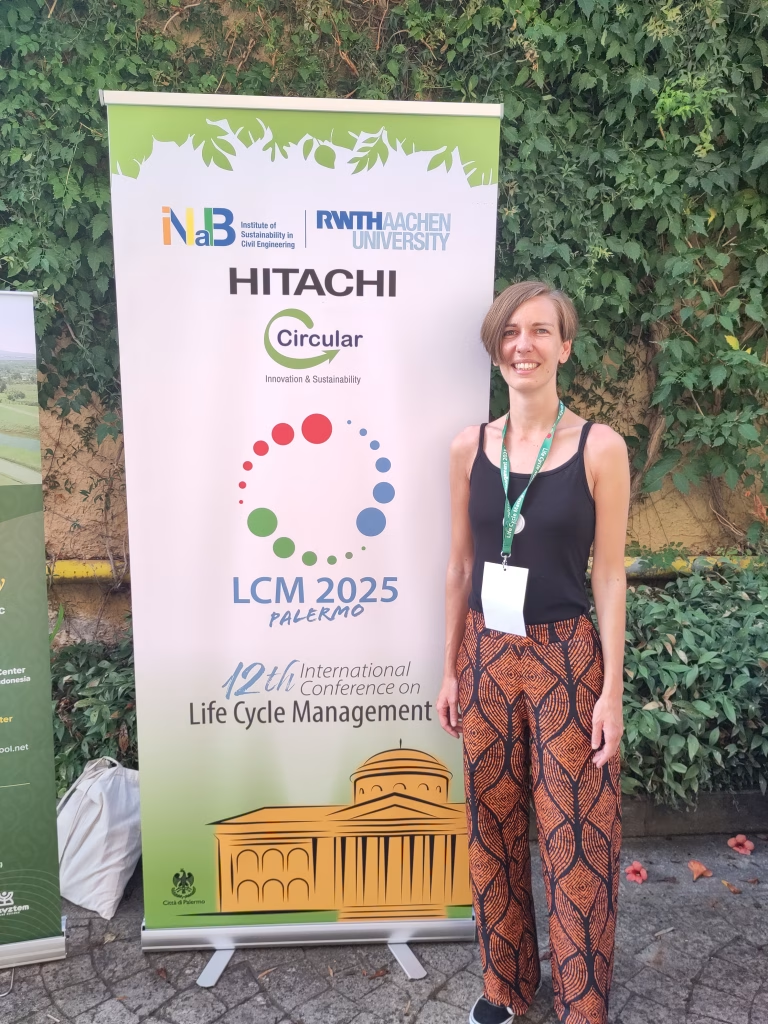From Reporting to Impact: Reflections from LCM 2025 in Italy
Life Cycle Assessment (LCA) has come a long way—from its roots in universities and research groups to becoming a widely adopted tool in industry. This evolution was clearly visible at the LCM (Life Cycle Management) Conference 2025 in Palermo, which welcomed over 1,000 participants, with more than 40% coming from industry. LCA is now a standard practice in many companies. However, the conference also revealed that we may be setting the wrong focus at the moment and not unlocking the full potential of LCA.
Environmentally friendly and rewarding journey
The journey to Palermo was an experience in itself. Travelling by train through the beautiful and varied landscapes of Switzerland and Italy was a scenic way to begin the week—and included a short boat trip on a ferry specifically designed to carry trains. The changing views—from alpine peaks to Mediterranean coastlines—were a vivid reminder of the environments we strive to protect through our work.

One of the most rewarding aspects of the conference was reconnecting with familiar faces—especially our SimaPro partners—and finally meeting people I had previously only known through emails or online meetings. It was equally inspiring to engage with new, like-minded professionals who share a passion for advancing sustainability through life cycle approaches.
LCA at scale in the focus

Although I unfortunately missed the final day of the conference, the sessions I attended were rich with insights. A recurring theme was the harmonization of standards—an essential step toward reducing the reporting burden and enabling more meaningful impact analysis. Discussions about scaling up Environmental Product Declarations (EPDs) through automation and AI were prominent. While automation offers clear efficiency benefits, I had the impression that environmental reporting is often done for its own sake, rather than as a tool for actual impact reduction.
We are missing a huge opportunity here to actually lower environmental impacts. With the right, transparent tools, EPD models can and should be leveraged to drive real improvements. Harmonizing standards – such as aligning the Global warming potential as calculated in EPDs with Product Carbon Footprints (PCF) – could significantly reduce reporting efforts and free up resources for deeper, more targeted analysis.
Reporting is not enough – Reduction should stay in the focus of LCA
Ultimately, our goal should be to make sustainability reporting a means to an end: reducing environmental impacts, not just documenting them.
LCM 2025 was a powerful reminder of the progress we’ve made—and the work still ahead. I’m grateful for the conversations, the connections, and the collective momentum toward a more sustainable future.
